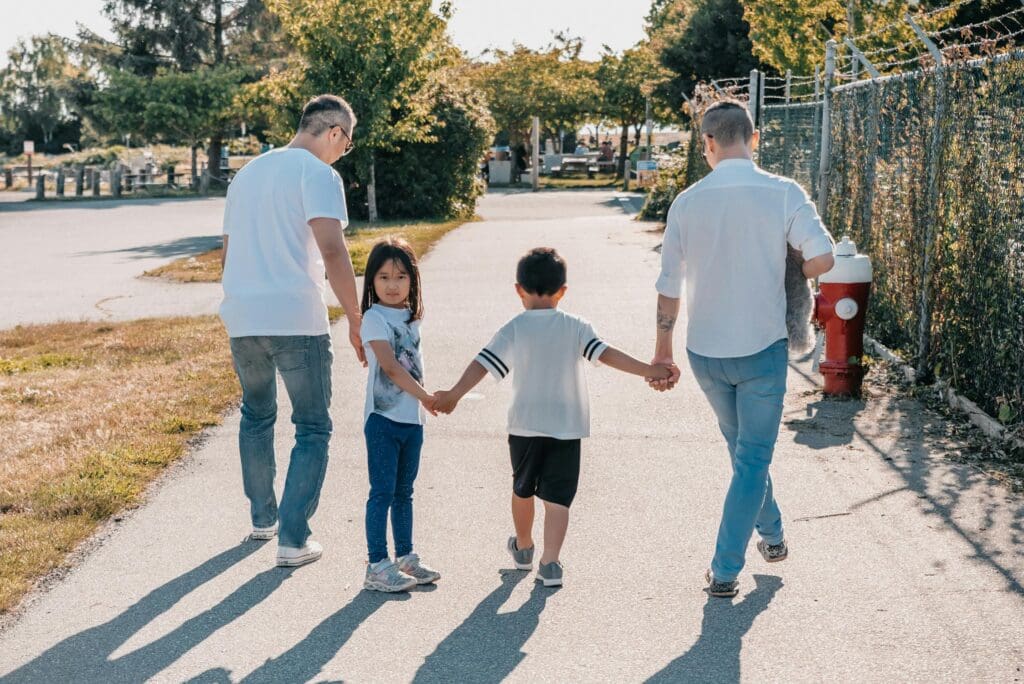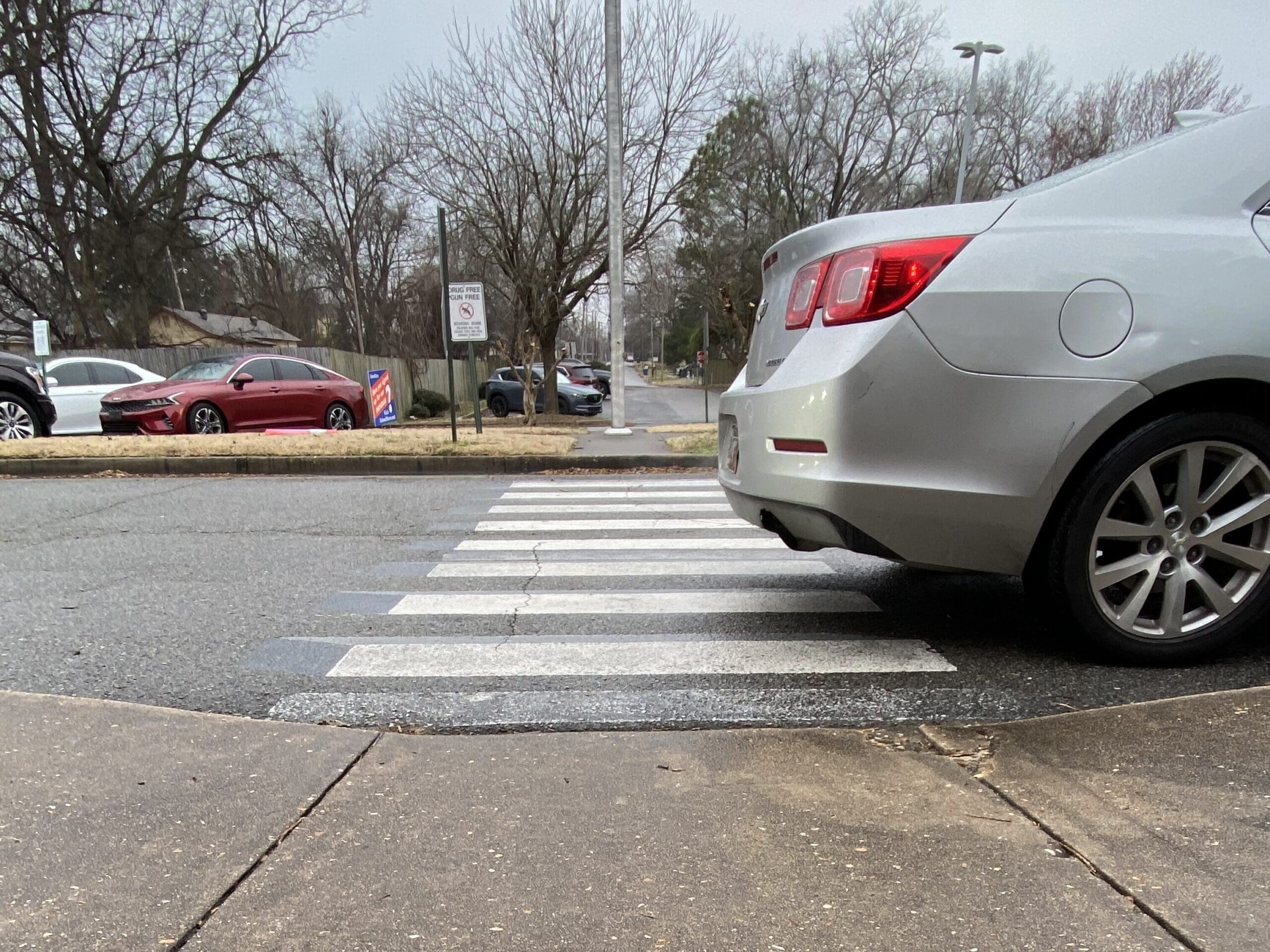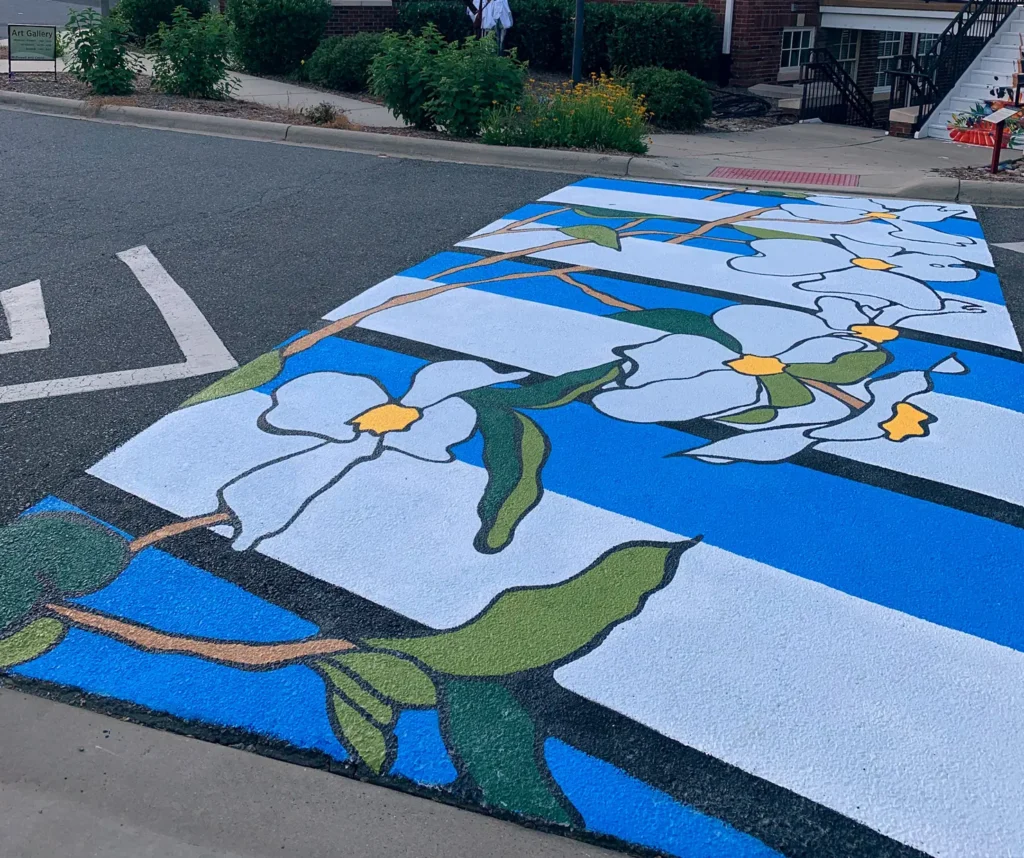By Ruth Rosas
When we think about walkability, we often focus on physical surroundings – the streets, public spaces and amenities that make walking and rolling safe and accessible. However, for those who feel exposed or unsafe due to intolerance, harassment, or threats of violence, walkability is denied. In this blog series (read our introduction here) we explore the ways social, cultural, economic, and political factors affect the right of all people to move freely and safely in their communities.
Mobility justice is a framework that examines and seeks to address historical and ongoing transportation and infrastructure inequities that disproportionately affect marginalized communities. We support a vision for a world rooted in social justice where people feel safe existing on the streets and can build lives experiencing the full joy of movement and community regardless of their identities. We believe this is essential to promote the health, well-being, and success of our communities.
Many children in the U.S. live in neighborhoods where walking or biking to school is dangerous, which may help explain why only about 11% of children currently walk to and from school. This stark reality exposes how our current transportation system fails to serve kids.
Those who design and build streets, often ignore nondrivers like children and design for cars. Our streets are designed to move cars quickly, often at the expense of everyone else. Children don’t drive, so their needs are sidelined.

Why Transportation Systems Leave Kids Behind
When was the last time you saw a street designed with children in mind?
In neighborhoods across the country, streets lack basic features like sidewalks, safe crossings and reasonable speed limits. Many school zones also lack these features, making them some of the most dangerous places for children during drop-off and pick-up times. Driving near schools should demand extra caution.
Yet, many drivers fail to follow some of the basic safety rules of a school zone. Automated photo enforcement measures found that 78% of drivers speed in school zones, and 82% of drivers pass school buses illegally. The consequences of poor street design are tragic, as motor vehicle crashes are the leading cause of death for children ages 5–29 globally, according to the Global Designing Cities Initiative’s Designing Streets for Kids guide.
For families without cars, this creates even greater challenges, limiting children’s ability to get to school and extracurricular activities safely. The issue is worsened by the fact that children are rarely part of the conversation during the transportation planning process. Their unique vulnerabilities, needs and insights are left out entirely.

The Ripple Effect of Car-Centric Design
Ignoring children’s needs doesn’t just make streets unsafe for them, this also affects their independence, health and access to education and extracurricular activities. When kids can’t safely walk or bike, they miss out on opportunities to be active, explore and play. At the same time, exposure to car emissions further harms their health.
Reliance on parents for transportation limits kids’ independence and poses significant challenges for families without cars or caregivers who cannot drive. This restricts access to education and extracurricular activities, further deepening inequities, especially for low-income communities.
Car-centered planning not only brings these consequences for individuals and families, but it also accelerates climate change, undermining their future by contributing to a less habitable plant.
Redesigning for Kids
Children face vulnerabilities that adults don’t. As they are learning to navigate streets, they may fail to judge a car’s speed or stopping distance or dart out unexpectedly. Children are also smaller, making it harder to be seen by road users, especially in large vehicles. In fact, children are eight times more likely to die when struck by an SUV. Adding to these risks, kids may now also be distracted by their phones, reducing awareness of their surroundings.
Planners and engineers often build for adult peak travel times, such as typical commute hours. However, children’s schedules are markedly different, as school times don’t always overlap with adult travel times. Kids also tend to visit free or low-cost third places like libraries, parks and community centers that require more amenities such as bike racks, backpack storage, rather than extensive parking lots. When we only focus on adult-centric destinations and schedules, we overlook the distinct needs and travel partners of children.

Yet many drivers, and those who design our roads, are unaware of these dangers, often overlooking where children might walk or play and failing to take the necessary precautions. This lack of awareness by drivers and decision makers in transportation, puts children in harm’s way. A way we can combat this is through safer design of our streets, with children in mind.
To build better streets, engineers and planners need to consider what kids experience and their needs. Their insights can lead to practical, inclusive solutions. Children notice details adults might miss, like lack of places to play, or inclusive ‘third spaces’ in their neighborhoods. Addressing these issues benefits not only children, but brings essential places for adults as well.
Infrastructure improvements for kids, such as wider sidewalks, slower traffic speeds, and protected bike lanes also serve other vulnerable people in our communities, such as seniors and people with disabilities. We can also mitigate harmful effects of car-centered planning, like having a healthier environment and reducing health risks.

The Future We Are Building
Mobility justice is a vision for a world rooted in social justice where people feel safe existing on the streets and can build lives experiencing the full joy of movement regardless of their race, religion, background, or physical ability. This vision should prioritize children as they are among the most vulnerable and underserved.
If planners, traffic engineers and elected officials continue to prioritize cars above all else, they will neglect the very communities they are meant to serve. By overlooking the everyday realities of young pedestrians, these decision makers compromise vibrant, walkable communities where children can learn to navigate their world and where families can thrive. Unless we commit to safer, child-centered design, our streets will continue to endanger our children. And if the streets we build don’t protect and prioritize children’s well-being, what kind of communities are we really creating?
Resources & Initiatives for Safer Streets for Kids:
- Safe Routes Partnership
- Vision Zero for Youth
- Designing Streets for Kids
- National Center for Safe Routes to School
- LSE Cities: From childhood needs to urban reality: strategies to engage kids in urban design
- Streets for Kids: Urban Spaces for Children to grow
- Your Local Neighborhood or City Planning Departments